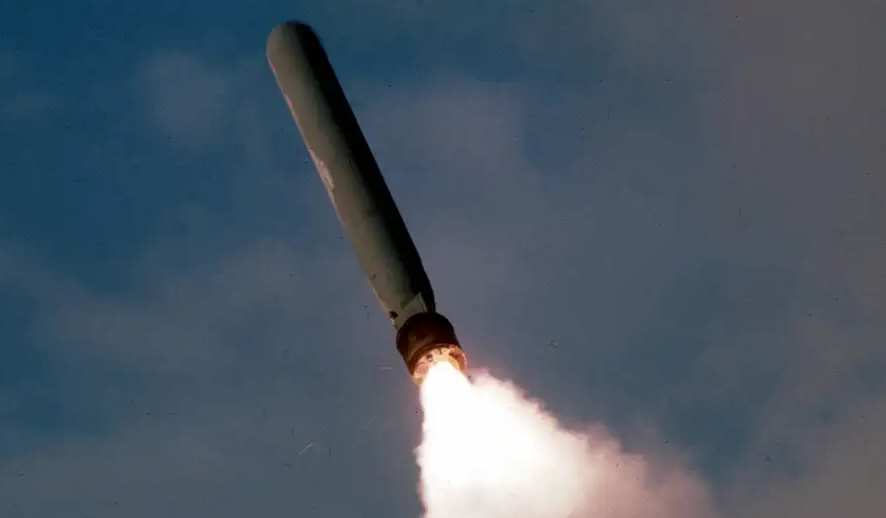The Friday evening discussion between the American and Ukrainian presidents, Donald Trump and Volodimir Zelenski, concluded several weeks of anticipation on the topic of Tomahawk missiles, intensely desired by the government in Kiev and equally feared by the Kremlin regime. Volodimir Zelenski hoped to convince Donald Trump that Ukraine should receive these long-range weapons, but the intervention of Vladimir Putin in Washington after weeks in which the Kremlin tried, through various channels, to stop the American president, led to a new freezing of discussions.
Given that Putin seems to be trying to buy time again and procrastinate through “peace negotiations” lacking substance in Budapest, the situation of transferring Tomahawk missiles to Kiev remains uncertain, but the chapter does not seem completely closed.
The question is – will Donald Trump accept being fooled once again by the dictator from the Kremlin? Or will this new attempt by Putin to procrastinate be the last straw? Antena 3 spoke with Stanislav Zelikovski, PhD in political science and expert in international relations, corresponding member of the Ukrainian Academy of Geopolitics and Geostrategy, about the most important topics related to the war in Ukraine, the US-Russia relationship and recent developments related to drones and hybrid warfare.
Negotiations for Tomahawk
Adrian Dumitru: Why are Tomahawk missiles so important for Ukraine and why do they cause such intense fear for the Russians?
Also, threats seem to come from increasingly bizarre directions – Lukashenko and Medvedev threatened Trump with a “nuclear war” if Ukraine receives Tomahawks. Do you believe these reactions are coordinated by the Kremlin or are they just an expression of panic from Putin’s close circle?
Stanislav Zelikovski: It is important to underline that the discussion about supplying Tomahawk missiles to Ukraine is not just about delivering a new type of weapon, but about providing the ability to make high-precision strikes deep into enemy territory – against logistical centers, command centers, and critical energy infrastructure.
This fundamentally changes the balance of threats for the areas behind the Russian front. For Kiev, Tomahawks represent a tool that complicates the enemy’s planning, increases operational costs and reduces the security of assets that Russia has long relied on.
Moreover, the United States’ decision to provide Ukraine with long-range Tomahawk missiles would also have a strong political significance: it would underline the deepening of the strategic partnership and send a clear message to the Kremlin about the futility of its criminal ambitions. At the same time, it would become a deterrent, limiting Russia’s ability to undertake reckless and destructive actions against Ukraine.
The reaction of Moscow – and its satellites – therefore has both an emotional and a pragmatic component: it partially reflects the panic of the regime’s elites, but also a deliberate informational operation, orchestrated by the Kremlin to amplify fear and exert political pressure on Ukraine’s partners. Even if such statements are simple bluffs, the political effect is real – they generate hesitation among some Western politicians and delay the adoption of crucial decisions, exactly the result that Russia wants to achieve.
Read the full interview HERE

